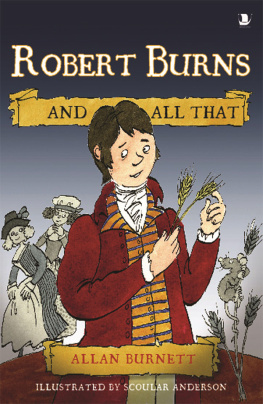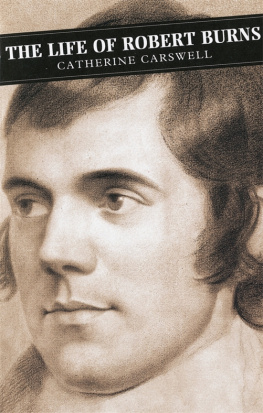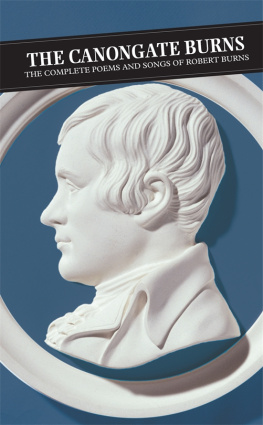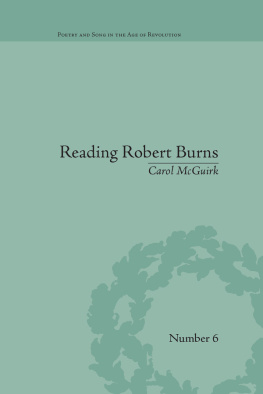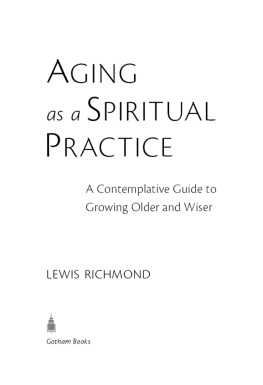Published by The History Press
Charleston, SC
www.historypress.net
Copyright 2017 by Brian Burns
All rights reserved
Cover images: Special Collections and Archives, James Branch Cabell Library, VCU Libraries.
First published 2017
e-book edition 2017
ISBN 978.1.43966.026.3
Library of Congress Control Number: 2016961483
print edition ISBN 978.1.62585.851.1
Notice: The information in this book is true and complete to the best of our knowledge. It is offered without guarantee on the part of the author or The History Press. The author and The History Press disclaim all liability in connection with the use of this book.
All rights reserved. No part of this book may be reproduced or transmitted in any form whatsoever without prior written permission from the publisher except in the case of brief quotations embodied in critical articles and reviews.
For Judd, gold through and through
CONTENTS
PREFACE
Richmond history can be inspiring. It can be odd. It can be shocking. And sometimes, it can be downright ugly. But its never boring.
Needless to say, only a fraction of the citys history has been told. Theres nothing I like more than unearthing historical nuggets and sharing them in a creative way. Im a card-carrying Richmond history junkie.
It began with my first book, Lewis Ginter: Richmonds Gilded Age Icon. One of Richmonds biggest success stories and philanthropists, Ginter awed me in so many ways. He deserved to have his epic story told, and Richmonders deserved easy access to it.
While educating myself on the Civil War for that project, I came across some intriguing tidbits about life on Richmonds homefront during those turbulent four years. That culminated in my second book, Curiosities of the Confederate Capital.
But I knew I wasnt finished with Richmonds Gilded Age. There was much more to it than millionaires and their shiny baubles. I had many questions and began digging. As the picture came into focus, I knew there was much more I wanted to tell. I began writing a few storiesand not just about rich white men.
Then, life happened. In 2014, after calling Richmond home for twenty-seven years, I relocated to the suburbs of Washington, D.C.
But, in a sense, I never left. As I adjusted to my new home and made new friends, I continued on with the project. My research and various family matters brought me back to Richmond often. It was good to be back with old friends, familiar surroundings and my favorite eateries. Besides, I dont think I could have given up on the place cold turkey if I had tried.
The deeper I dug into the citys Gilded Age, the more I realized the record had been whitewashed. I was determined to paint an accurate picture in all its hues and shades. There was no desire to cast aspersions; I simply wanted to tell the truth. I wanted to tell the story through the lens of southern traditions and values. I wanted to spotlight the unjustly forgotten. And perhaps most of all, I wanted to show how far weve come.
I must admit, our nations capital is a beautiful, gleaming city. But theres no place like Richmond. Something tells me Ill end up back there one day.
ACKNOWLEDGEMENTS
Somehow, putting a book together brings you face to face with the best of humanity. Im not sure how that works. But this much I know: the helping hands these people so graciously extend are priceless. Without them, I certainly couldnt have gotten this book doneat least not without ending up in a padded room somewhere.
My sincere thanks go to everyone who pitched in. First to Mary Wickham, for kicking things off by bestowing me with her crate of intensive research on Grace Arents. Theodore Ridout Jr. eagerly shared his fathers memoirs and photos, even though weve never met in person. Billy Trigg supplied information about his great-grandfather William R. Trigg, a celebrated Richmond industrialist. And new neighbor John Skelton Williams III loaned me clippings about his grandfather and namesake, the legendary president of the Seaboard Air Line Railway.
A big thanks goes to each and every librarian and archivist who helped me with research. Ray Bonis at VCU Special Collections scanned a pile of old books and vintage postcards and was a steady hand even though I changed my mind a dozen times. Janet Woody at the Lewis Ginter Botanical Garden supplied rare photos of philanthropist Grace Arents and her close companion Mary Garland Smith. The Valentines Kelly Kerney, the Library of Virginias Meghan Townes and the Virginia Historical Societys Jamison Davis were true professionals in sharing their historic images. The Archive Department at the Library of Virginia photographed key evidence from the infamous Cluverius trial of 1885. And the Library of Congresss Chronicling America search engine for historic newspapers provided rare details about Richmonds Gilded Age.
I also thank Wendy DeGroat and Don Traser, who graciously shared intriguing information theyd chased down over the years. In that same spirit, the congregation at St. Andrews Church welcomed me to a delicious potluck lunch and shared their reverence for Grace Arents.
Special shouts go out to fellow author Thomas Houff for his expertise on Richmonds cycling history and to longtime friend Neal Parsons for opening his door to me during research forays.
Now for my family: My big-hearted sister, Jan, let me hijack her computer and shared her expertise with Photoshop. Her husband, Allen, a well-read history buff, offered valuable feedback. And in no small way, they both provided care for my beagle, Pixie, when I really needed it.
Lastly, to my one-in-a-million other half, Judd Proctor. With nary a complaint, he allowed me to devote the bulk of the last three years to this project. He gets it. I honestly dont know where Id be if we hadnt met at that Monument Avenue cookout so long ago.
INTRODUCTION
Ah, the Gilded Agewith its cigar-puffing tycoons, palatial mansions and decadent, spare-no-expense parties. Refined ladies donned exquisite silk gowns, jewels and ostrich-plume hats. Alighting fancy horse-drawn carriages, society flocked to a dizzying array of affairs, like hours-long horse shows and lavish performances of the opera-comique The Chimes of Normandy. But it wasnt all glitz and glamour. The industrialization of the era, circa 18701900, left the masses in grinding poverty as wage laborers.
In fact, underneath the thin layer of gilding, the manufacturing city of Richmond suffered from a terrible lack of growth and prosperity. Compared to places like Chicago, Birmingham and St. Paul, it was considered finished. Even as late as 1890, a city booster declared it dead. As with much of the South, capital was in short supply. Virginia had the added burden of huge prewar debt. And to top it all off, the Panic of 1893 triggered a major depression. When calling Richmond home, citizens blushed.
Part of the problem was conservatism, which had deep, tangled roots in the former Confederate capital. The Lost Cause movement diverted eyes to the past rather than homing them on progress. Amid a propaganda war with the North, the movements leaders framed the Confederate cause as a heroic struggle for states rights. In the white, Gilded Age South, Confederate leaders and their flag were sacred. Lost Cause ideology permeated every fiber of life. Confederate monuments sprang up anywhere enough money could be scraped together. After Jefferson Daviss death in 1889, Richmonds elite Lost Causers were forced to scale back their grandiose schemes. As idolized as the former Confederate president was, it took eighteen excruciating years to find funds for his monument and erect it. When it was finally unveiled in 1907, cheers nearly ruined many a southern vocal cord.



